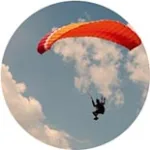
Whether you’re dreaming of wandering through ancient hutongs in perfect spring weather or watching autumn leaves cascade around the Great Wall, timing your Beijing adventure to experience all this city and surrounds has to offer is key to curating the perfect China tour. Having designed thousands of tours for discerning travelers, we understand that choosing when to visit this captivating city can feel overwhelming. With its four distinct seasons, vibrant festivals, history spanning millennia, and varying travel conditions throughout the year, it can make for a difficult choice.
It’s with that understanding we happily draw on decades of crafting unforgettable Beijing experiences for travelers from every corner of the globe that we’ve distilled our expertise into this easy-to-follow guide. You’ll discover which months offer perfect temperatures, when to avoid the city’s busiest travel spikes, and how to align your trip with Beijing’s cultural calendar – all so you can plan the ideal experience in China’s dynamic capital.
Spring and Autumn: Best seasons to visit Beijing
Given the array of sites Beijing offers, and to make the most of your time, it’s essential to align your visit to those seasons that highlight Beijing’s very best. Unquestionably, April, May, September, and October are the best months to experience Beijing. These golden months offer that perfect sweet spot we travelers dream about – comfortable temperatures, stunning natural beauty, and ideal conditions for exploring everything from the Great Wall to the Summer Palace.
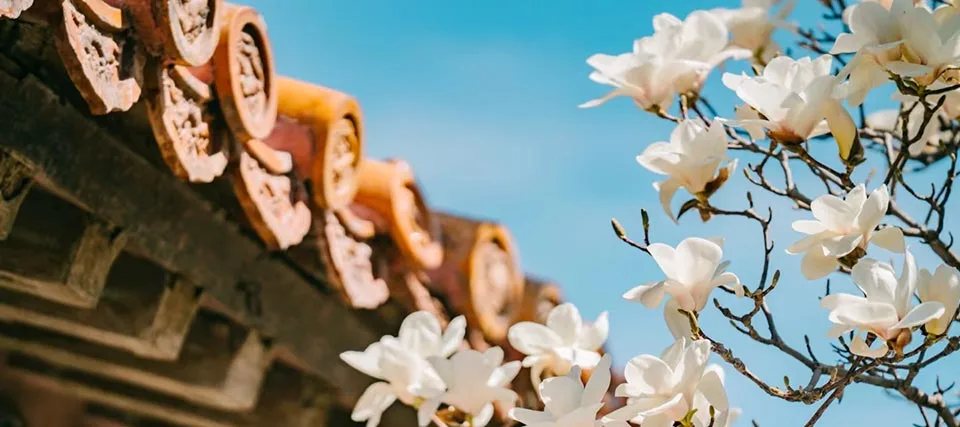
Spring splendour: Beijing in April and May
As though divinely inspired, as the end of winter ticks over into spring, the city is converted to a veritable garden. Beijing in April and May erupts into bloom, with magnolias, peach blossoms, crabapple flowers, tulips, apricot blossoms, and lilacs creating a gorgeous tapestry of colors against Beijing’s historic backdrop. Spring in Beijing is a start contrast to its winter self, enjoying temperatures ranging from a comfortable 46°F to 79°F (8°C to 26°C) .
Beijing’s best spring attractions
During Spring, the Temple of Heaven transforms into a flowering wonderland, featuring Beijing’s largest apricot grove in the inner city precinct. Incredibly, most of these ancient apricot trees were planted during the Qing Dynasty, creating a stunning spectacle when they bloom from late March to mid-April. The peaceful temple grounds provide the perfect backdrop for morning photography as locals practice Tai Chi beneath the blossoming branches.
Make your way to Yuyuantan Park, which celebrates spring with its renowned Cherry Blossom Festival (mid-March to late May). Stroll beneath the park’s vast cherry garden – China’s largest where nearly forty cherry varieties burst into bloom in succession. By early April, hundreds of trees form a snowy canopy, perfect for leisurely walks or picnics.
At the Summer Palace, hundreds of pristine magnolias burst into life before Leshou Palace, once home to Empress Dowager Cixi. These snowy blooms seem to appear overnight, quietly transforming the imperial gardens. Reflections of white petals ripple across Kunming Lake, creating a scene of serene splendor.
Mutianyu Great Wall delivers a springtime spectacle like no other. Beginning in March, peach, apricot, and rhododendron blossoms paint the mountain slopes, and by mid-April the hiking trail becomes a fragrant floral corridor. Here, you’ll marvel at the Wall’s ancient stone alongside a riot of spring color.
Spring culinary delights
Spring brings Beijing’s markets alive with seasonal treasures that locals eagerly await each year. The tender Chinese toon leaves (xiangchun 香椿), crunchy Spring bamboo shoots (zhusun 竹笋) and fresh Shepherd’s Purse (jicai 荠菜) are the crown jewel of spring cuisine, appearing in markets after the precious spring rains. These seasonal delicacies, rich in antioxidants, are available for only a few weeks and are treasured by local chefs for their unique flavor.
Like every region in China, Beijing has its specialties. Each year, Beijingers celebrate and welcome Spring by having ‘Spring dishes’ like stir-fried Chinese toon with eggs; cold-dressed Chinese toon salad with tofu; pork and Shepherd’s Purse dumplings; braised Spring bamboo shoots; and Spring pancakes (chunbing 春饼), a wrap with stir-fried garlic chive, sprouts, spinach, shredded meats, fried eggs.
Beijing’s famous spring onions reach peak freshness during this season, providing the perfect accompaniment to the city’s renowned Peking Duck. Spring is also ideal for enjoying fresh noodle dishes like Zhajiangmian, which locals affectionately refer to as ‘the taste of home’, especially when paired with seasonal toppings that change with spring’s arrival.
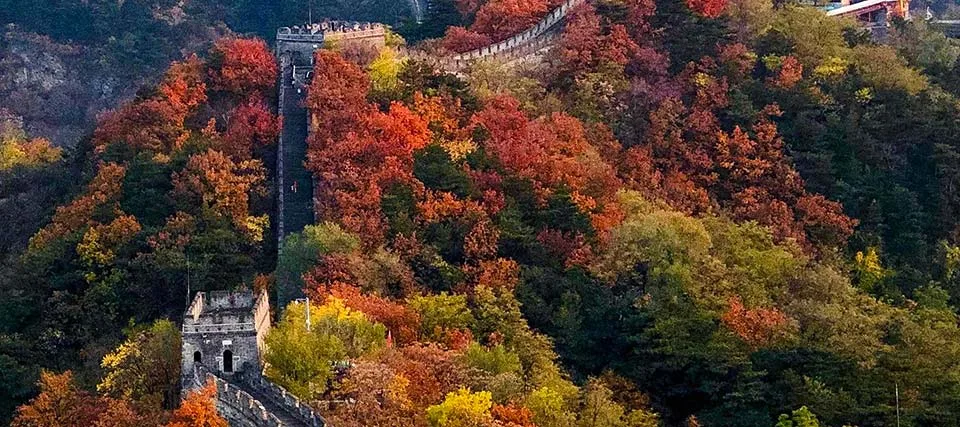
Autumn’s brilliance: September and October
There’s something truly special about Beijing in autumn that captures the hearts of every visitor. As the summer heat fades, the city transforms into a floral masterpiece painted in osmanthus, chrysanthemums, red maple leaves, and golden ginkgo trees. September and October offer crisp, clear days with temperatures between 59°F to 79°F (15°C to 26°C), creating perfect conditions for outdoor exploring. The peak fall foliage season runs from mid-October to mid-November, when Beijing’s mountainous areas become a stunning palette of yellows, oranges, and reds.
Best Autumn Attractions to Experience
The Forbidden City becomes even more majestic in autumn, with a striking contrast evident in yellow ginkgo leaves offset by traditional red walls, ultimately creating some of Beijing’s most photographed scenes. September brings fewer crowds, allowing you to explore the vast Imperial Garden and scattered courtyards where colorful autumn flowers bloom alongside ancient architecture.
Fragrant Hills Park (Xiangshan Park) remains Beijing’s most popular destination for red maple leaves, transforming into a blazing canvas from mid-October. The park’s South Monkey Ridge Scenic Area and Baizhang Cliff Area offer the best viewing spots, where visitors can witness nature’s spectacular color show against clear autumn skies.
Beijing Diaoyutai Ginkgo Boulevard provides the most famous place to observe beautiful yellow ginkgo trees. These ancient trees, some with histories spanning several centuries, turn the entire boulevard into a golden tunnel that attracts photographers from across the city. The peak viewing time occurs from late October to early November.
In September, Taoranting Park transforms into a canvas of reds and yellows, with chrysanthemums bursting into late bloom. The park’s tree-lined paths and lakeside trails offer a sense of serenity, while historical structures like the Wan Shou Pavilion provide cultural depth and a deeper appreciation of traditional culture.
Looking for an insider highlight? Late October to Early November is the ultimate window for a Great Wall adventure. At Mutianyu, Badaling, or the rugged Jiankou section, trek high above valleys cloaked in red and gold. With mild temperatures, crystal clear air, and panoramic autumn hues, every step along these ancient ramparts feels like walking through a living masterpiece.
Autumn Culinary Delights
Traveling during this season offers a taste of Beijing’s autumnal dishes, perfect for warming up after being in cooler weather. After a Great Wall hiking adventure, savor Beijing’s most comforting culinary tradition: mutton hot pot (shuanyangrou). As Chinese traditions go, few things are better than sitting around a steamy hotpot as autumn drapes a chilly cloak over North China.
Autumn in Beijing brings the city’s most beloved seasonal foods, creating an atmosphere where streets are filled with aromas of roasted chestnuts and fresh seasonal fruits. Roasted chestnuts become the season’s signature street food, with long queues forming before hot chestnut stalls. These sweet and delicious treats not only warm your hands but also provide medical benefits, helping prevent diseases caused by the drier autumn weather.
Fresh persimmons flood Beijing’s autumn markets, offering their sweet, astringent flavor that perfectly captures the essence of the season. These shiny orange globes provide benefits needed to combat the cool, dry weather according to traditional Chinese medicine. Market vendors throughout the city showcase persimmon varieties, from soft honey-sweet types to crisp apple-textured varieties.
Tanghulu (candied hawthorn) reaches peak popularity during autumn months. This traditional snack of candied fruit, consisting of hawthorn berries with hardened sugar coating, provides the perfect balance of sour, sweet, and cold flavors. Street vendors throughout Beijing’s hutongs and major attractions offer these colorful skewers that have become synonymous with autumn in the capital.
Best times to avoid Beijing
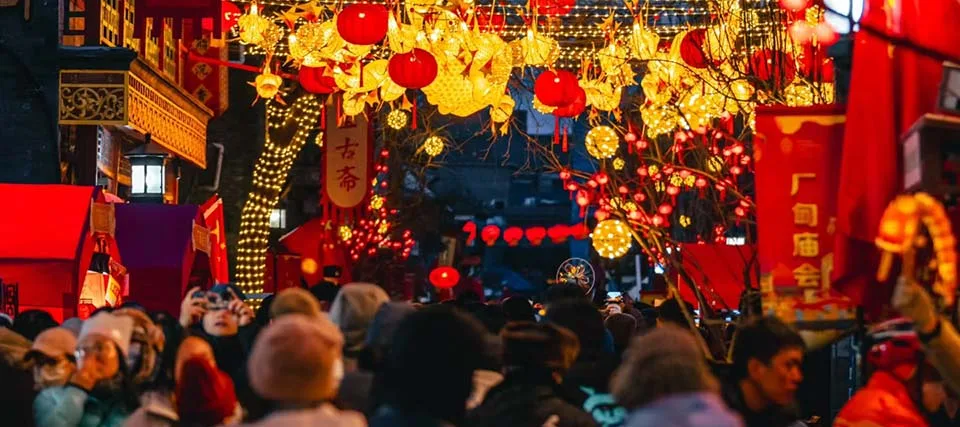
While it’s difficult to avoid crowds wherever you are in China, there are times and places that are best avoided, and although sometimes travel dates aren’t entirely flexible, if you have options, here are the periods when Beijing becomes significantly more challenging for international visitors:
Chinese New Year – This traditionally significant annual festival – held during February – brings the largest migration of people in the world, with over 800 million trips occurring during this period. Chinese New Year 2026 falls on Tuesday, February 17th, starting a year of the Fire Horse. While fascinating and celebratory, expect widespread closures, extremely crowded transportation, and premium pricing across the board. China’s public holiday for Lunar New Year is eight days, typically running from Chinese New Year’s Eve (February 16th) to February 23rd in 2026.
Labor Day Holiday (May 1-5, 2026) sees millions of domestic travellers flooding Beijing’s attractions. During this period the normally peaceful Temple of Heaven and Great Wall are overrun with domestic tour groups and hotel prices surge dramatically.
National Day Golden Week (October 1 – 7, 2026) is perhaps the most challenging time to visit. Despite being autumn – normally the best season – this week-long holiday means popular destinations like Beijing become extremely crowded during Golden Week as millions of locals take advantage of the public holiday to travel. In 2026, National Day Golden Week will run from October 1 – 7, creating one of the year’s busiest travel periods.
Beijing’s summer (July to August) brings sweltering heat, often above 30°C with high humidity and sudden thunderstorms, making outdoor sightseeing uncomfortable. This coincides with China’s school holidays, so families flood the city’s most iconic sites. Think the Great Wall, Forbidden City, Summer Palace, creating long lines and overcrowded conditions.
During this period, the city’s air quality can worsen as heat and rainfall patterns trap pollutants. To mitigate these challenges, visit attractions early or late in the day, stay hydrated, and book accommodation well ahead.
| Month | Weather | Holidays | Special events | Major exhibitions & holidays |
|---|---|---|---|---|
| January | −9°C to 2°C | New Year’s Day (Jan 1–3) | Ditan Temple Fair (offering folk performances, temple foods) | International Sports and Fashion Trade Fair (Jan 9–11) |
| February | −6°C to 5°C | Chinese New Year (Feb 17–23) | Lantern Festival (Mar 3) celebrations with lantern parades | China International Fishing Tackle Trade Expo (Feb 28–Mar 2) China International Beauty Expo |
| March | 0°C to 12°C | End of Lantern Festival | Beijing Plum Blossom Festival (Beihai Park) | China International Building Decorations & Building Materials Exposition (Mar 12-14) Beijing Attractions Expo (Mar 19–21) |
| April | 8°C to 20°C | Qingming Festival (Apr 5–6) | Spring Flower Festival (Yuyuantan Park cherry & magnolias) | Hortiflorexpo – The largest trade fair for the horticultural industry in China (April, 10-12) Auto China – Beijing International Automotive Industry Exhibition (April 24 – May 03) International Healthcare Industry Exhibition (CIHIE) (April, 28-30) |
| May | 14°C to 26°C, | Labor DayHoliday (May 1–5) | Beijing International Music Festival opening concerts | China International Scientific Instrument and Laboratory Equipment Exhibition (May, 29 – 31) |
June | 19°C to 30°C | Dragon Boat Festival (Jun 19–21) | Dragon Boat Races at North Canal | China International Machine Tool & Tools Exhibition. CIMES TOPWINE CHINA – Leading international trade fair for wine and spirits |
| July | 22°C to 31°C very hot and humid | Summer school holiday | Summer Outdoor Film Festival | Beijing Dive Festival |
| August | 21°C to 30°C, continued heat and rain | — | Beijing Jazz Festival | China International Cafe Show DRT – Diving, Resort & Travel Show – No.1 Brand Diving Expo in Asia |
| September | 15°C to 26°C | Mid-Autumn Festival (Sept 25–27) | Autumn Cycling Race around Houhai | International Exhibition for Airport Equipment, Technology and Services Cr Expo China China’s Largest Care and Rehabilitation Expo |
| October | 8°C to 19°C | National Day Golden Week (Oct 1–7) | Beijing Food Festival (street food showcases) | BIAME The Beijing International Automobile Manufacturing Exhibition China International Green Food & Organic Food Exhibition World’s Leading Wines Beijing |
| November | 0°C to 10°C | — | Winter Carnival Preview (Shichahai ice lantern displays) | Global Tea Fair China |
| December | −6°C to 3°C | Christmas activities | New Year’s Eve Countdown at Wangfujing | The Beijing Catering & Pre-Made Food Expo (BCFE) |
Insider tips for booking your flights to Beijing
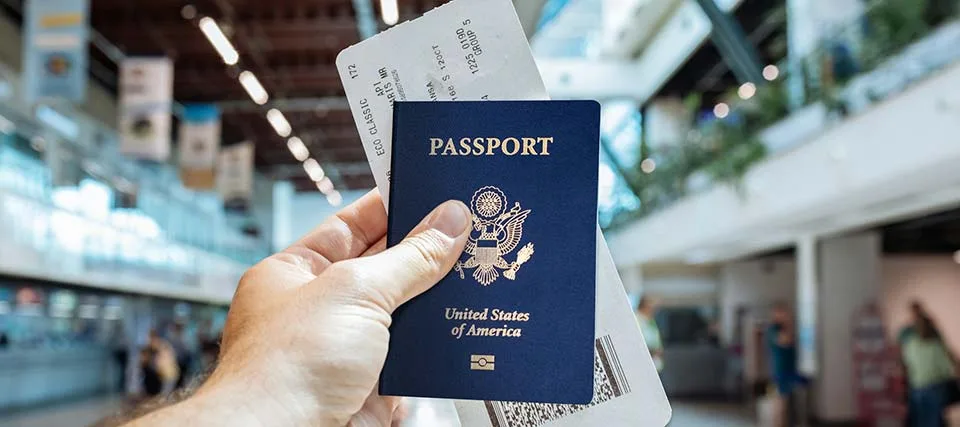
When it comes to booking your flights to Beijing, timing is everything. Aim to reserve your international flights at least six months in advance. This gives you access to the widest range of seats, the lowest fares, and the most convenient connections. As seasoned travelers ourselves, we’ve seen ticket prices climb dramatically once airlines adjust their schedules three to four months before departure.
For the very best deals, target September and October. Why? Because these shoulder‐season months combine mild weather with reduced demand. That means you’ll often find fares 10 to 20 percent lower than the annual average. Imagine touching down in crisp autumn air without breaking the bank!
Conversely, expect steep pricing from June through August as families flood the skies for summer vacations, and again in December when festive cheer drives ticket costs skyward.
To maximize savings:
- Set fare alerts six months out and monitor midweek drops.
- Book weekday departures, which can be 15 to 25 percent cheaper than weekends.
- Consider early morning or late night flights as these less popular slots often carry hidden bargains.


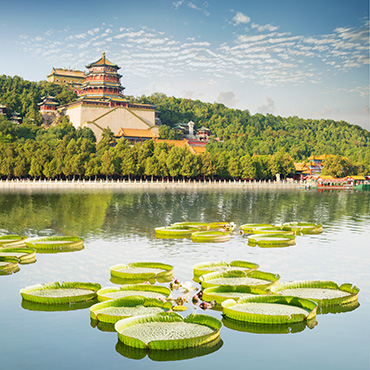
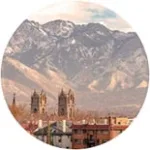
 Once in a life time. Don’t miss it!
Once in a life time. Don’t miss it!


